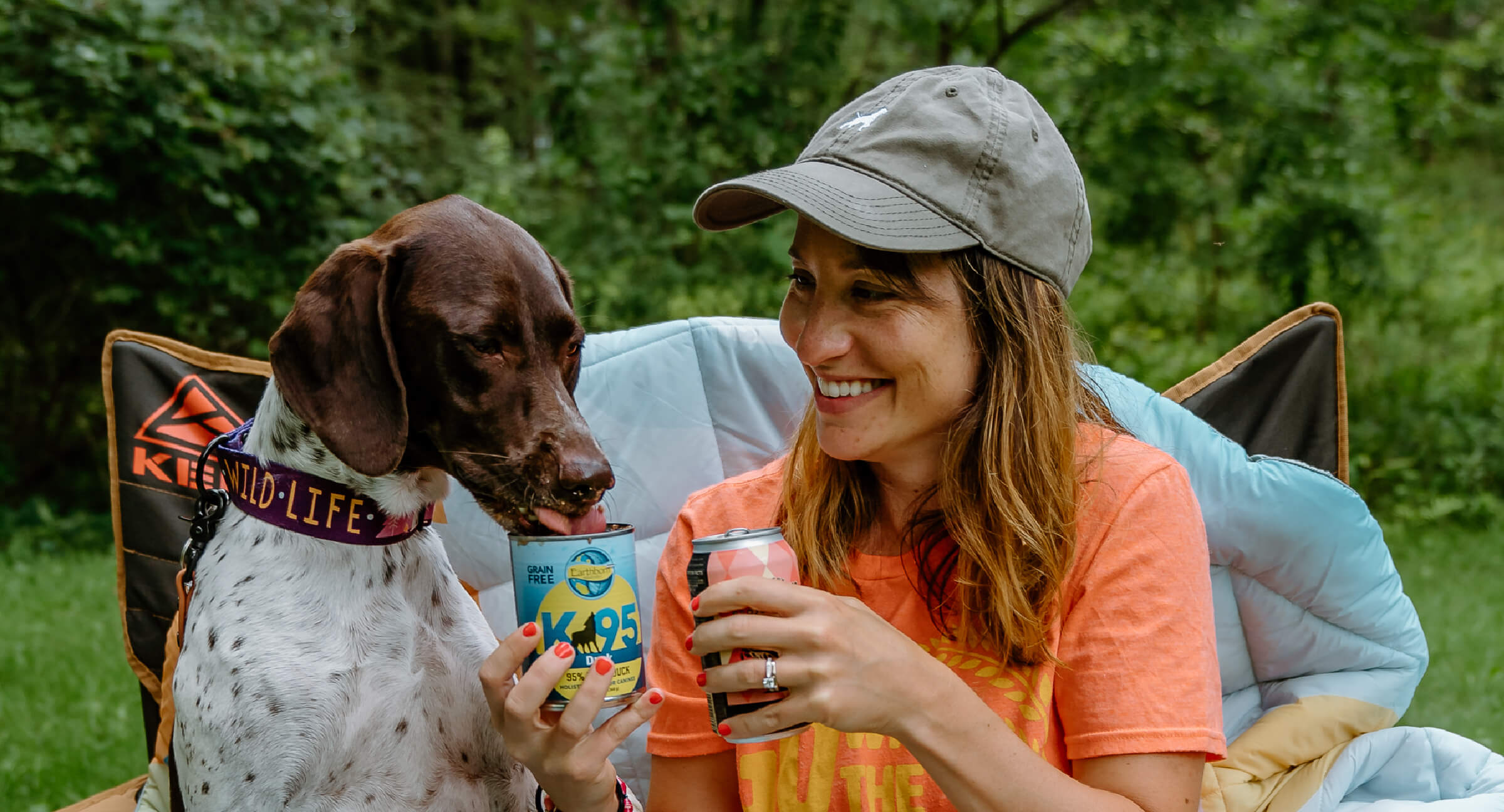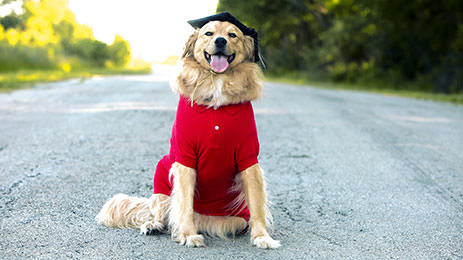Discover the Leading Blunders to Stay Clear Of in Dog Training
Discover the Leading Blunders to Stay Clear Of in Dog Training
Blog Article
Vital Tips for Successful Dog Training: An Overview for Animal Owners
Efficient canine training is a diverse procedure that calls for a calculated technique tailored to both the pet dog's character and the owner's purposes. Recognizing how to navigate these challenges can significantly improve the training experience, ultimately transforming the partnership in between proprietor and pet dog.
Recognizing Canine Behavior
Recognizing dog actions is necessary for efficient training and cultivating a harmonious relationship in between pooches and their owners. Canines interact mostly with body language, vocalizations, and activities, making it vital for owners to translate these signals accurately. Identifying a dog's stance, tail placement, and ear alignment can supply insights into its emotion. A wagging tail does not always show joy; it can additionally signify excitement or anxiety.

Socialization plays a considerable role in dog habits; direct exposure to different environments, individuals, and various other pets can significantly influence a dog's temperament. Furthermore, factors such as type features and specific personality must assist training techniques, as some breeds might have particular behavioral attributes that demand customized strategies. By recognizing these aspects, proprietors can create a supportive setting that urges positive behavior, leading to successful training end results and a much deeper bond with their pet dogs.
Establishing Regular Commands
Reliable interaction with your canine starts with developing regular commands. This foundational element of training is vital for cultivating understanding in between you and your animal. Consistency in the commands you utilize makes certain that your pet can reliably connect details words or expressions with the wanted actions.
When picking commands, select clear, distinct words that are easy to set apart and claim from each other. Stay clear of utilizing similar-sounding commands that may perplex your dog. Utilizing "rest" and "stay" is ideal, however "rest" and "hit" can lead to misconceptions.
Additionally, keep the same tone and quantity for each command. Canines are sensitive to vocal cues, so varying your tone can develop confusion.
It is equally important to make sure that all relative are on the exact same web page concerning the commands used. A united front in command use will certainly avoid mixed signals and reinforce the understanding procedure.
Favorable Reinforcement Techniques
The power of positive reinforcement in dog training hinges on its capacity to urge wanted actions with benefits and appreciation. This method is grounded in the principle that actions complied with by positive outcomes are more probable to be duplicated. By integrating positive reinforcement right into your training routine, you can successfully shape your dog's actions in a constructive way.
To apply positive reinforcement, it's important to recognize what inspires your pet, whether it be treats, playthings, or spoken appreciation. When your pet dog performs a wanted activity, such as resting on command, right away award them with a treat or love. This organization between the command and the positive outcome enhances their understanding.
It's important to timing the rewards properly; providing the reinforcement within seconds of the preferred actions aids your pet make the link (dog training). Additionally, uniformity is key-- make sure that all relative use the very same commands and reward systems to avoid complication

Progressively, you can reduce the regularity of deals with as your dog finds out the habits, transitioning to praise or recurring incentives. This technique not only promotes a solid bond in between you and your pet dog but additionally promotes a positive knowing atmosphere, making educating a delightful experience for both.
Socialization and Interaction
Regularly subjecting your canine to a range of atmospheres, people, and various other pets is critical for their social development. Socialization needs to begin early, ideally during the important home window of 3 to 14 weeks, when puppies are most receptive to new experiences. Nonetheless, older pets can also gain from continuous socialization efforts.
Present your canine to different setups, such as parks, pet-friendly shops, and metropolitan areas. This exposure helps them adjust to numerous stimuli, minimizing anxiousness and worry reactions. Encourage favorable communications with other pets and individuals, ensuring that these experiences are controlled and secure to promote confidence.
Utilize structured playdates with courteous dogs, as this can improve your pet dog's social abilities and educate them ideal actions. Obedience courses and training sessions additionally provide excellent opportunities for socialization, allowing your canine to interact with resource others in a supervised setting.
Display your canine's body movement throughout interactions, as this will certainly aid you evaluate their comfort degree. Slowly raise exposure to more tough scenarios while making sure that each experience is favorable. A well-socialized dog is more probable to display balanced actions, making them a happiness to have in any kind of setup.
Addressing Usual Training Obstacles
Every canine proprietor will experience training challenges at some time, no matter their pet dog's age or socialization degree. Recognizing typical problems such as stubbornness, interruptions, and fearfulness can assist in establishing reliable strategies for enhancement.

Slowly introduce distractions as the pet comes to be much more skilled in commands. Short, constant training sessions are likewise effective in keeping attention.
Fearfulness can hinder a pet's learning procedure. Gradual desensitization this article to the resource of fear, coupled with positive reinforcement, can aid ease stress and anxiety. Perseverance is important; never require a dog into a situation that creates distress, as this may exacerbate the concern.
Inevitably, understanding and dealing with these common obstacles with a structured technique will certainly foster an extra effective training experience, strengthening the bond in between pet and proprietor while promoting reliable learning.
Final Thought
In recap, successful pet training depends on a detailed understanding of canine behavior, the establishment of constant commands, and the application of favorable support techniques. Socialization plays a vital function in developing well-adjusted animals, while resolving usual training difficulties requires patience and flexibility. By carrying out these important approaches, family pet proprietors can foster a solid bond with their canines and advertise preferable behaviors, eventually bring about a harmonious partnership between human beings and their canine friends.
Recognizing pet behavior is important for efficient training and promoting a harmonious connection between canines and their proprietors.Socialization plays a substantial role in canine behavior; exposure to various environments, people, and other animals can substantially affect a pet's character.The power of positive support in pet training lies in its capacity to encourage desired actions via incentives and appreciation. By including favorable support right into your training routine, you can effectively form your canine's habits in a positive fashion.
In recap, effective dog training counts on a comprehensive understanding of canine habits, the establishment of regular commands, and the application of this positive support methods.
Report this page